Sustainable Moscow tourism blends the thrill of exploring the city’s iconic Kremlin, vibrant festivals, and lush parks with eco-conscious choices that preserve its cultural and natural treasures. With over 24 million visitors in 2023, per Statista, Moscow’s tourism boom demands responsible practices to protect its heritage and environment. The Moscow CityPass supports green travel with a Troika card for efficient metro use, discounts at sustainable venues, and a digital guide to plan low-impact itineraries. For instance, its hop-on-hop-off bus reduces car reliance, connecting sites like Gorky Park. Therefore, this guide empowers visitors to embrace sustainable Moscow tourism, ensuring a vibrant city for future explorers in 2025.
Why Sustainable Tourism Matters in Moscow
Moscow’s blend of historic landmarks, like Red Square, and green spaces, covering over 40% of the city, per Wikipedia, makes sustainable Moscow tourism vital to balance visitor influx with preservation. Tourism contributes to 11% of global emissions, per the World Economic Forum, and Moscow’s growing popularity—up 6.6 million visitors from 2022 to 2023—amplifies its environmental footprint. The Moscow CityPass promotes eco-friendly travel, offering metro access to avoid traffic-heavy roads and digital maps to minimize paper waste. Because over-tourism can strain resources, sustainable choices ensure Moscow’s charm endures. Thus, visitors play a key role in protecting the city’s legacy.
Choose Eco-Friendly Transport with the Moscow CityPass
Moscow’s efficient metro, dubbed the “palace of the people,” is a cornerstone of sustainable Moscow tourism, reducing emissions compared to cars in the city’s notorious traffic, per Owl Over The World. The Moscow CityPass includes a Troika card (~1,000 RUB load) for seamless metro rides to sites like the Bolshoi Theatre via Teatralnaya station. For example, a single metro trip costs ~50 RUB, far greener than taxis. The pass’s hop-on-hop-off bus links distant attractions like Sparrow Hills, cutting reliance on private vehicles.
Use the metro from 5:30 AM–1 AM; buy multi-journey Troika cards for savings, per flypgs.com. Because rush hours (8–10 AM, 5–7 PM) are crowded, travel off-peak. Plan 2–3 days to explore sustainably, using the pass’s app for routes. Since traffic is heavy, avoid taxis unless using Yandex Go (+7 495 580-64-22). Pair with bike rentals at Gorky Park (~500 RUB/hour) for green mobility.
Green Transit Tips
Opt for metro stations with English signage, like Kitay-Gorod, and use Yandex Metro for navigation. Additionally, the pass’s digital guide minimizes paper use. Because metro stations are deep, wear comfy shoes for stairs. Thus, eco-friendly transport keeps Moscow’s air cleaner and travel smoother.
Support Sustainable Attractions
Moscow’s attractions, from the Tretyakov Gallery to Zaryadye Park, offer opportunities for sustainable Moscow tourism through eco-conscious practices. Zaryadye Park, with its energy-efficient Glass Dome and native plant gardens, promotes biodiversity, per myguidemoscow.com. The Moscow CityPass covers entry (500 RUB), reachable via Kitay-Gorod metro. Similarly, the Moscow Zoo, home to 6,500 animals, supports conservation programs and is accessible with pass discounts (800 RUB).
Visit Zaryadye from 10 AM–10 PM; book zoo tickets via moscowzoo.ru. Because crowds peak on weekends, go midweek for calm. Plan 1–2 hours per site, and use pass discounts at eco-friendly cafes like Zaryadye’s gastrocenter (~400 RUB). Since some areas lack ramps, check accessibility (+7 495 414-37-37). Combine with a Red Square walk for a low-impact day.
Eco-Conscious Exploration
Photograph Zaryadye’s sustainable design with a 35mm lens for vibrant shots, and support zoo conservation by avoiding flash photography. Moreover, the pass’s app suggests green sites like the Botanical Garden. Because littering harms ecosystems, use park bins. Thus, sustainable attractions preserve Moscow’s natural and cultural wealth.
Dine at Eco-Friendly Venues
Sustainable Moscow tourism extends to dining at venues prioritizing local, organic ingredients. Café Pushkin, near Tverskaya metro, uses regional produce for dishes like borscht (~600 RUB), reducing food miles, per introducingmoscow.com. The Moscow CityPass offers discounts at such spots, encouraging eco-conscious choices. Similarly, Gorky Park’s food stalls source local ingredients, supporting sustainable agriculture.
Open hours vary (Pushkin: 24/7; Gorky stalls: 10 AM–10 PM); book via cafepushkin.ru. Because peak hours are busy, dine early. Plan a 1-hour meal, and tip 5–10% to support staff. Since menus may lack English, use Yandex Translate. Pair with a park stroll for a green dining experience.
Green Dining Practices
Choose vegetarian options to lower your carbon footprint, and avoid single-use plastics by carrying a reusable water bottle. Additionally, the pass’s guide lists eco-friendly cafes like Bosco (~400 RUB). Because waste impacts parks, dispose of leftovers properly. Thus, sustainable dining supports Moscow’s local economy and environment.
Engage in Eco-Conscious Events
Moscow’s festivals, like the Circle of Light in September, offer sustainable Moscow tourism opportunities by promoting digital art over resource-heavy setups, per circleoflight.ru. Held at eco-friendly venues like Tsaritsyno Park, accessible via Tsaritsyno metro with the Moscow CityPass’s Troika card, these events minimize environmental impact. The pass’s app provides schedules, reducing paper waste.
Attend evenings (7–10 PM); check weather via mos.ru, as rain may occur. Plan a 2-hour visit, and use pass discounts at nearby cafes (~300 RUB). Because crowds gather, arrive early for space. Combine with a Tsaritsyno Palace tour for cultural depth.
Sustainable Festival Tips
Capture light shows with a 50mm lens for vivid photos, and avoid littering to protect park ecosystems. Moreover, the pass’s guide suggests low-impact events like Times and Epochs. Because energy use spikes at festivals, support those with LED displays. Thus, eco-conscious events enhance Moscow’s cultural vibrancy sustainably.
Minimize Waste and Support Local Communities
Sustainable Moscow tourism involves reducing waste and supporting locals. Carry a reusable bag for shopping at GUM (Red Square), where the Moscow CityPass offers Tax Free system refunds for foreigners, per welcome.moscow. Buy local crafts at Izmailovo Market (~200–1,000 RUB), accessible via Partizanskaya metro, to support artisans, per travelallrussia.com.
Shop GUM from 10 AM–10 PM; Izmailovo weekends from 9 AM–6 PM. Because bargaining is common, learn phrases like “skolko stoit?” (how much?). Plan a 1–2 hour visit, and use pass discounts at nearby cafes (~300 RUB). Since plastic waste harms the Moskva River, avoid disposables. Pair with a Kremlin visit for a cultural day.
Responsible Shopping Practices
Choose handmade souvenirs over mass-produced items to reduce waste, and use digital tickets via the pass’s app. Additionally, support vendors certified by local tourism boards. Because overbuying strains resources, purchase mindfully. Thus, low-waste shopping bolsters Moscow’s economy sustainably.
Practical Tips for Sustainable Travel
To embrace sustainable Moscow tourism, purchase the Moscow CityPass at russiacitypass.com for 1–5 days (~3,500 RUB). Load 1,000 RUB on the Troika card for metro trips to Zaryadye or Tsaritsyno. Use the pass’s app for digital maps and schedules, minimizing paper. For example, check mos.ru for eco-event updates, and book zoo tickets early. Because spring (April–May) offers mild weather, it’s ideal for outdoor exploration, per travel.usnews.com.
Pack a reusable water bottle, eco-friendly toiletries, and a tote bag. Moreover, use Invataxi (+7 495 580-64-22) for accessible, low-emission transport. Learn phrases like “gde musor?” (where’s the bin?) to dispose of waste properly. Since English is limited outside tourist areas, use Yandex Translate. Therefore, sustainable tools ensure a low-impact trip.
Packing for Green Travel
Bring a collapsible coffee cup, biodegradable wipes, and a solar charger for devices. Additionally, pack light to reduce transport emissions. Because some sites ban large bags, use a small backpack. Store digital tickets in the pass app for ease. Thus, eco-conscious packing minimizes your footprint.
Navigating Sustainably
Travel off-peak to reduce metro strain, and check accessibility at Zaryadye (+7 495 414-37-37). For instance, use Yandex Go for low-emission taxis. Since single-use plastics pollute, refuse straws at cafes. Respect local customs at markets, and tip 5–10% at restaurants. Therefore, mindful navigation supports Moscow’s sustainability.
Challenges to Anticipate
Sustainable Moscow tourism faces hurdles like limited awareness of eco-practices among visitors, per researchgate.net. Language barriers at markets require translation apps. Additionally, waste management varies; Gorky Park has bins, but smaller sites may not. Because high seasons (May–September) strain resources, travel in spring for less impact. Moreover, eco-friendly venues like Café Pushkin may be pricier (~600 RUB), so use pass discounts. Thus, preparation ensures greener exploration.
Conclusion: Shape a Greener Moscow
Sustainable Moscow tourism, from eco-friendly metro rides to low-impact festivals, lets visitors enjoy the city’s wonders while preserving its heritage. The Moscow CityPass enables green choices with transport perks, digital tools, and discounts at sustainable venues. Whether dining at Café Pushkin or exploring Zaryadye Park, your actions matter. Therefore, grab your Moscow CityPass and help sustain Moscow’s cultural and natural beauty in 2025.

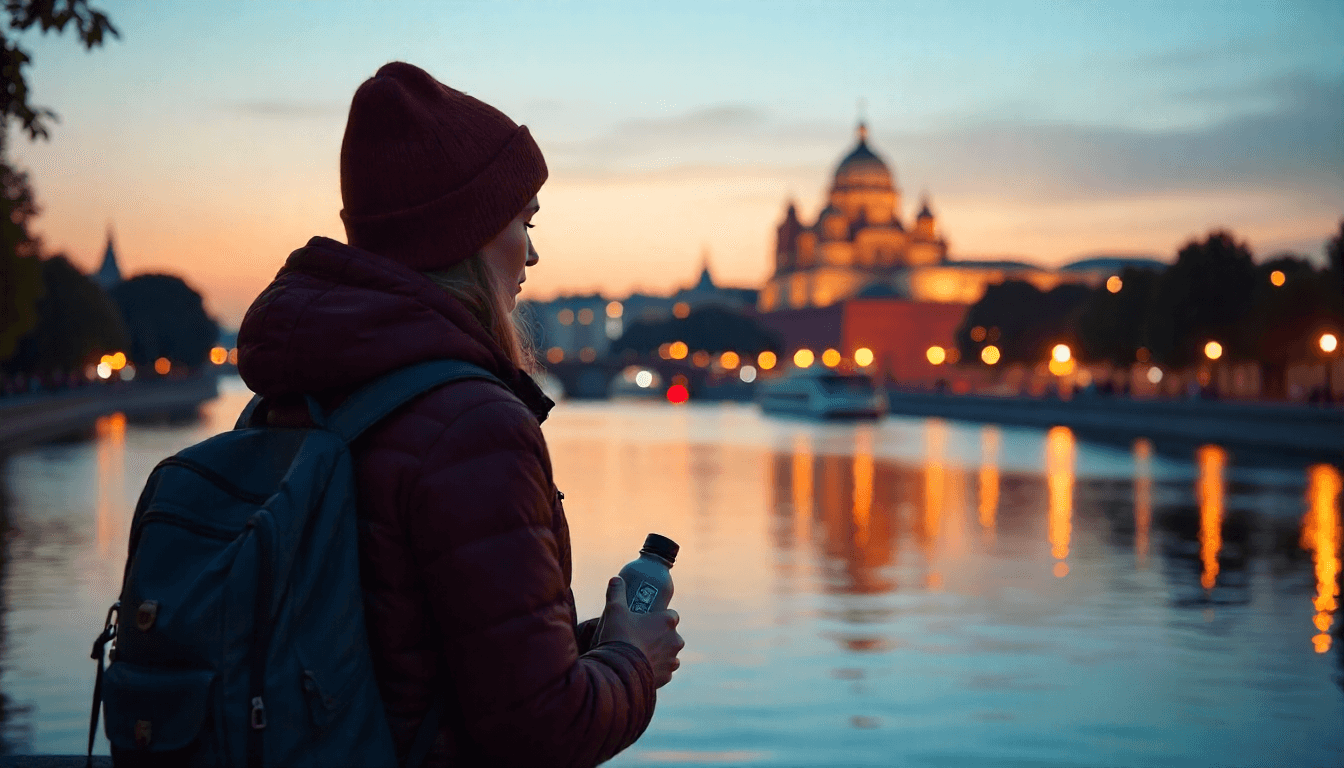 Sustainable Moscow Tourism: How Visitors Can Help in 2025">
Sustainable Moscow Tourism: How Visitors Can Help in 2025">

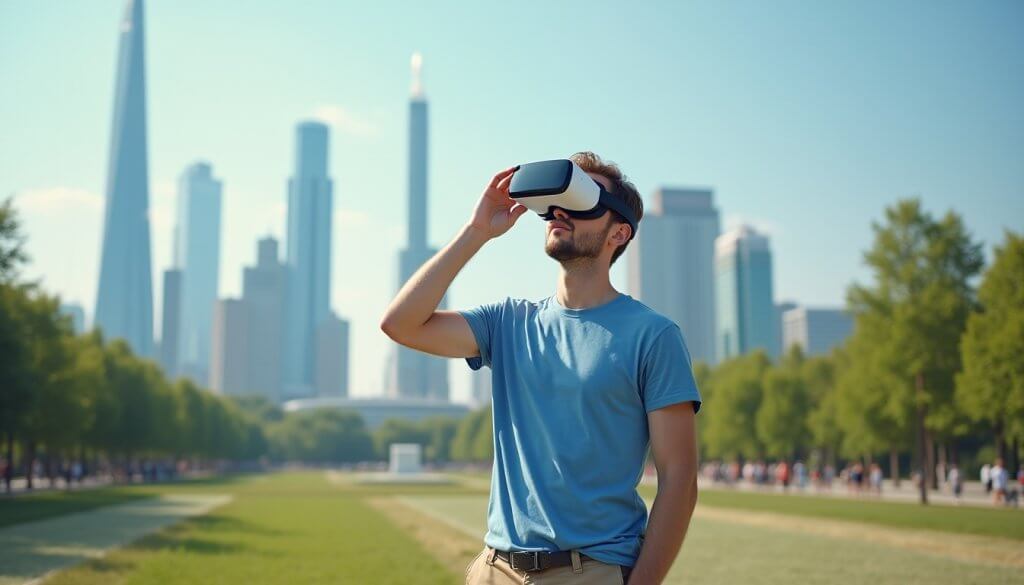 Virtual Reality Tours in Moscow: A New Way to Explore the City">
Virtual Reality Tours in Moscow: A New Way to Explore the City">
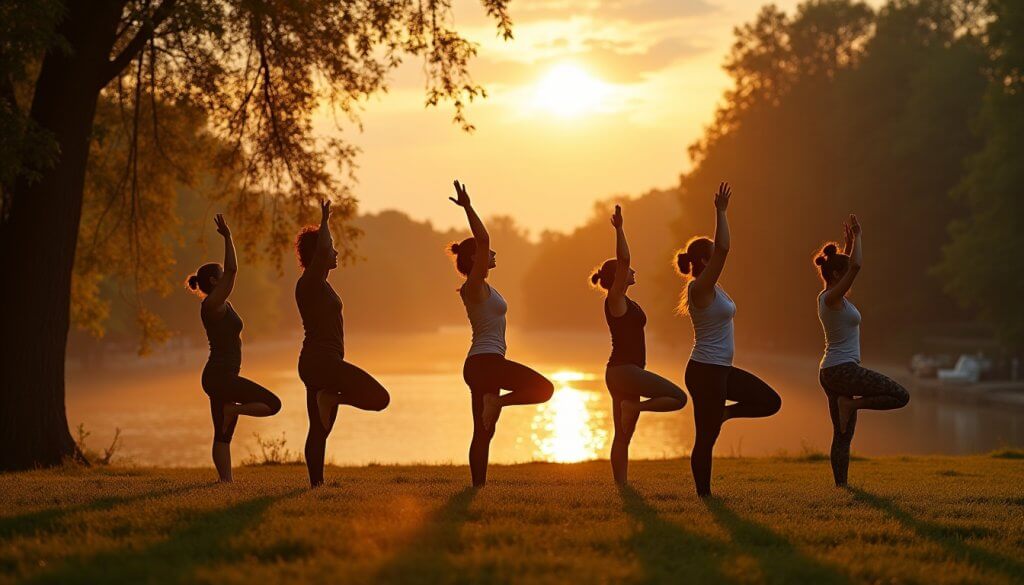 Fitness and Wellness Activities for Health-Conscious Tourists in Moscow">
Fitness and Wellness Activities for Health-Conscious Tourists in Moscow">
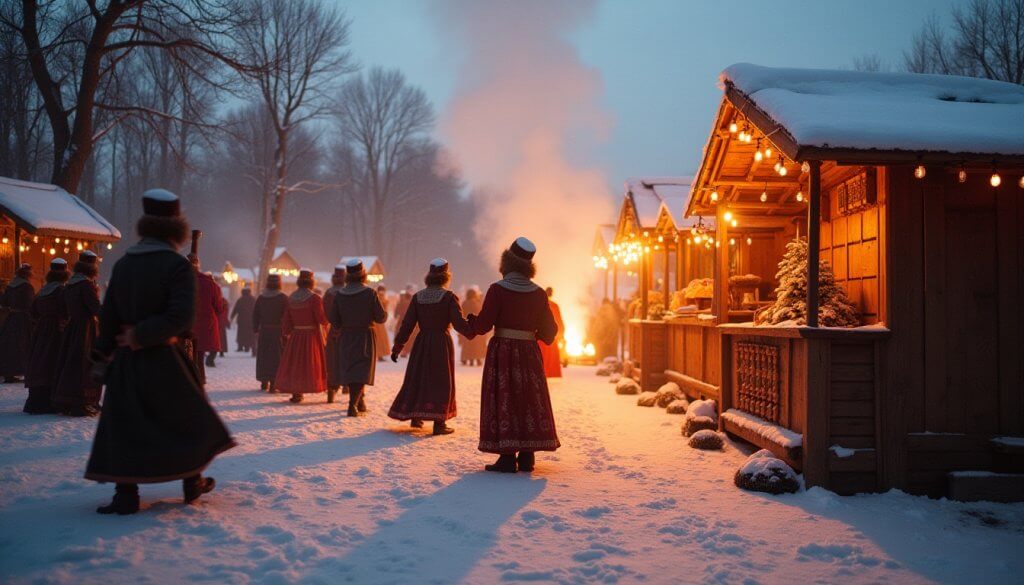 Cultural Festivals in Moscow You Can’t Miss in 2025">
Cultural Festivals in Moscow You Can’t Miss in 2025">
 Benefits of Moscow CityPass for Families and Group Travelers in 2025">
Benefits of Moscow CityPass for Families and Group Travelers in 2025">
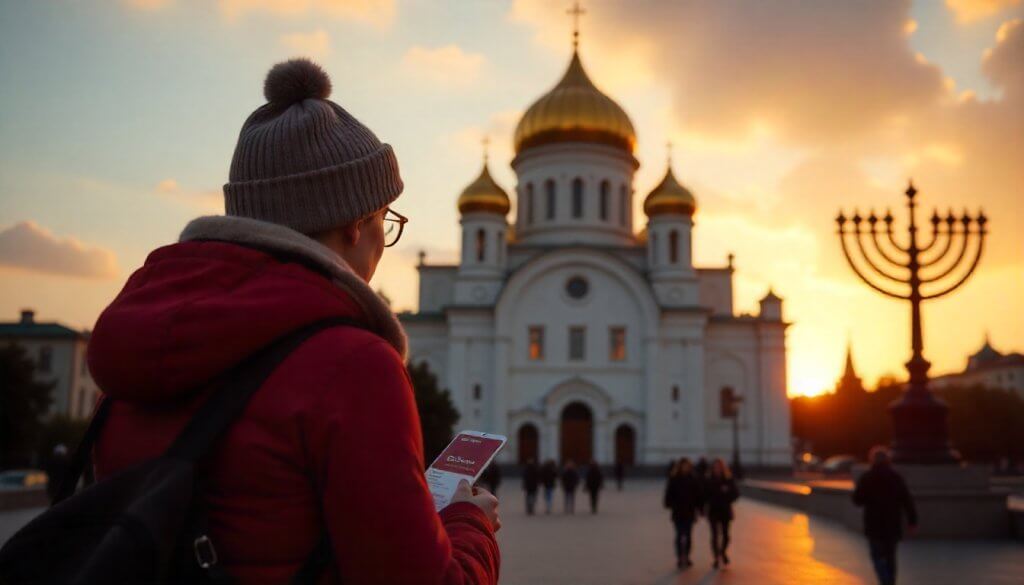 Exploring Moscow’s Jewish Heritage Sites and History in 2025">
Exploring Moscow’s Jewish Heritage Sites and History in 2025">
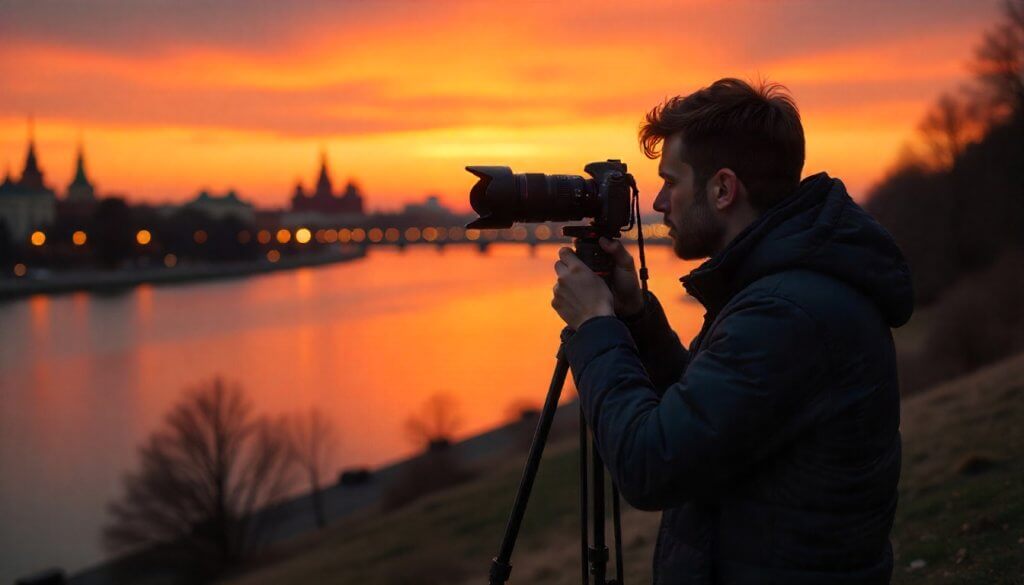 Best Sunset Spots in Moscow for Photographers in 2025">
Best Sunset Spots in Moscow for Photographers in 2025">
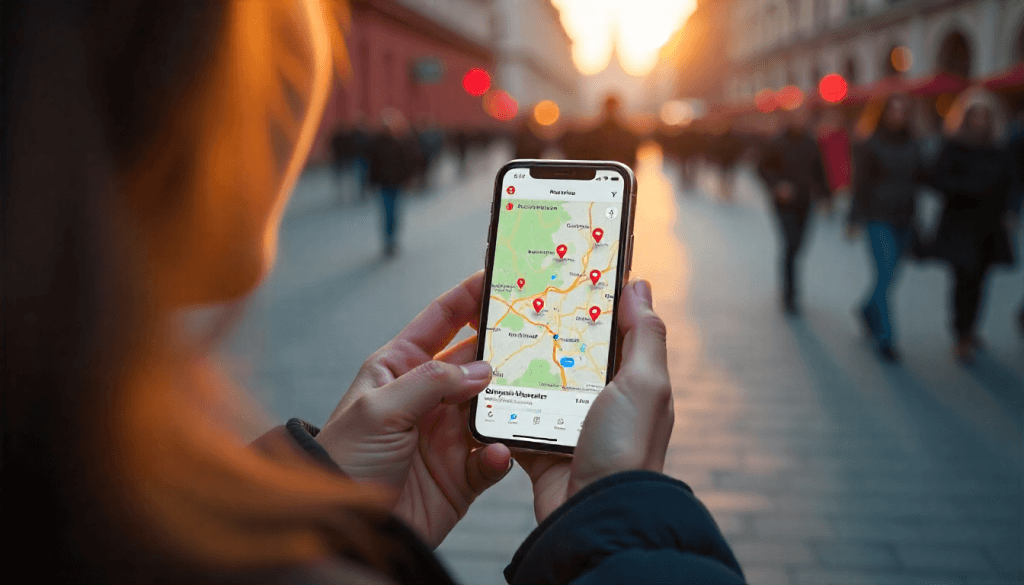 Moscow Pass App Mastery: Hidden Features Every Tourist Should Know">
Moscow Pass App Mastery: Hidden Features Every Tourist Should Know">
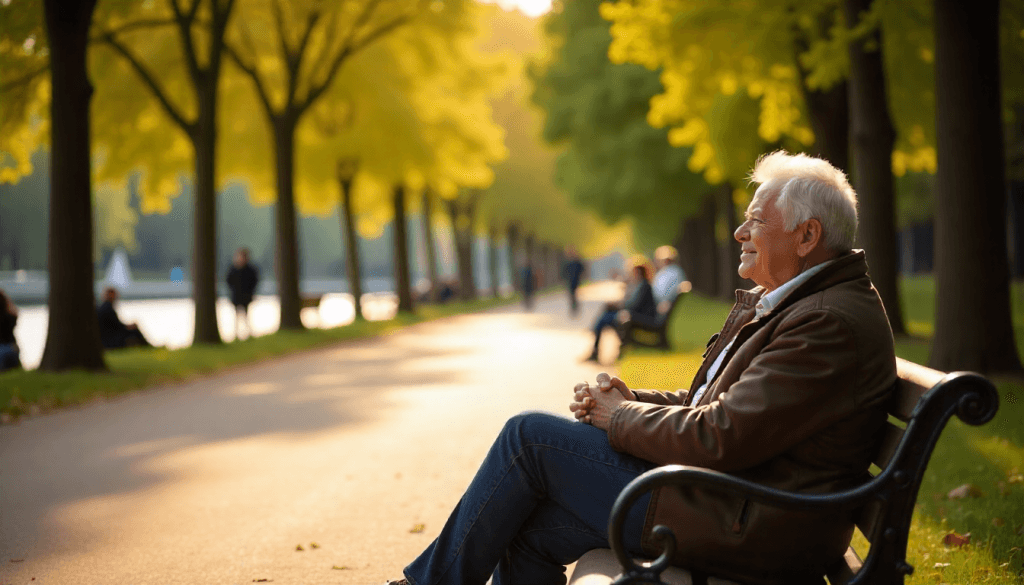 Senior-Friendly Moscow: Comfortable Attractions for Mature Travelers">
Senior-Friendly Moscow: Comfortable Attractions for Mature Travelers">
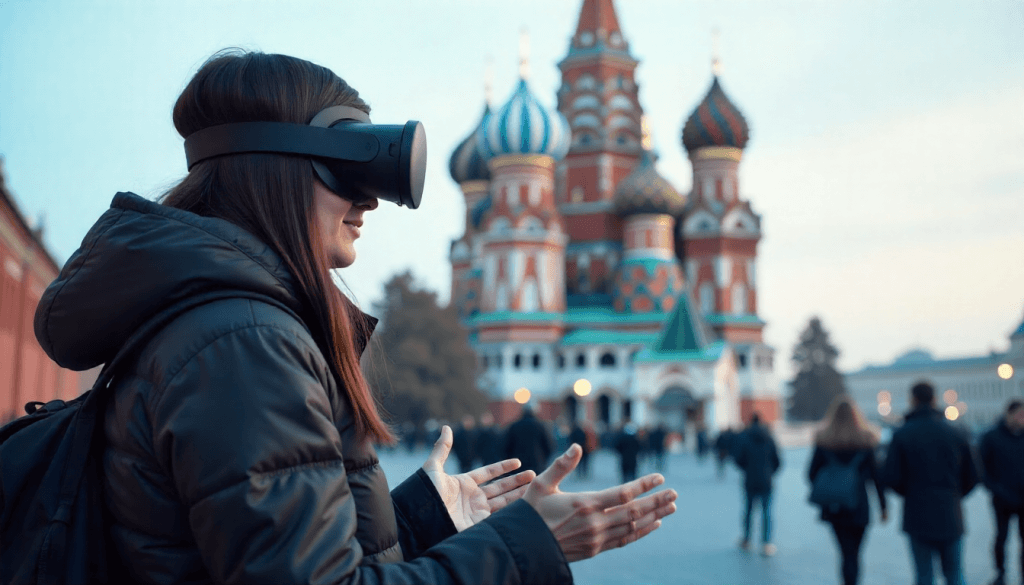 AR and VR Experiences in Moscow: The Future of Sightseeing">
AR and VR Experiences in Moscow: The Future of Sightseeing">
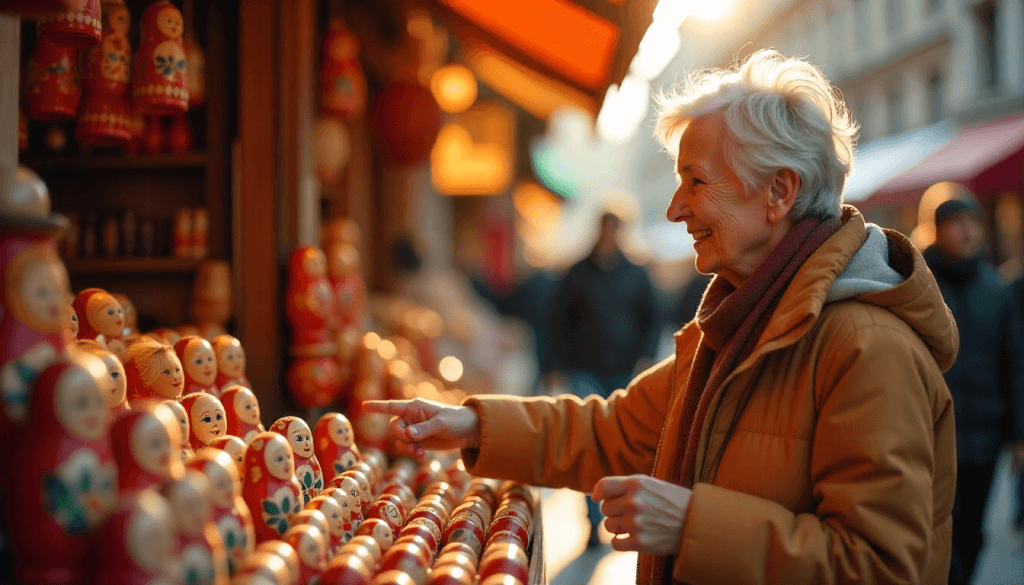 Language Barriers in Moscow: Essential Phrases and Communication Tips">
Language Barriers in Moscow: Essential Phrases and Communication Tips">